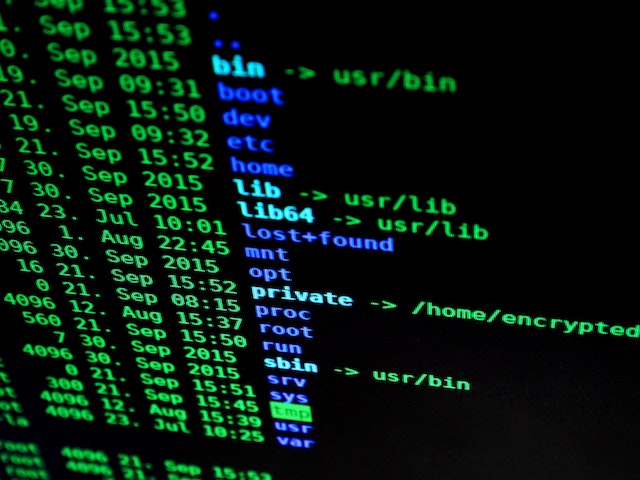In the digital age, our personal and professional lives are more intertwined with the internet than ever. With an ever-growing number of cyber threats, securing your online presence is of paramount importance. One of the key components in your cybersecurity arsenal is a firewall. In this blog post, we’ll explore the importance of firewalls, discuss their different types, and share effective practices for implementing them in various environments.
What You Need to Know
A firewall is a security system that acts as a barrier between your devices and the potential threats that lurk online. Firewalls can be hardware-based, software-based, or a combination of both, each with its unique advantages and drawbacks. They monitor incoming and outgoing network traffic, allowing or blocking data packets based on predefined security rules.
As you work to build your cybersecurity defenses, it can be helpful to consult with professionals who specialize in this field. Many businesses and organizations rely on services such as IT Support in Raleigh to enhance their security measures, keep their systems updated, and handle any issues that arise. With expert guidance, you can ensure that your cybersecurity infrastructure remains strong and effective against the latest threats.
Firewall Types
Hardware firewalls are physical devices installed between your network and the internet, often found in corporate environments or integrated into routers for home use. They provide better overall performance and security but can be expensive and difficult to set up for small businesses.
Software firewalls are installed on individual devices, typically as a part of an antivirus or security suite, and allow for more personalized security settings, appealing to individual users and small businesses. Though versatile and user-friendly, their effectiveness can be hampered by computer vulnerabilities.
Firewalls can be classified based on the level at which they operate within the network architecture. Packet-filtering firewalls examine individual data packets and block or permit them according to predetermined security rules. Circuit-level gateways monitor the connection between devices and the external network, determining whether the session details match what’s allowed in the firewall ruleset. Stateful inspection firewalls combine aspects of both packet-filtering and circuit-level gateways, offering a more comprehensive and dynamic security solution. Application layer firewalls analyze the content of data packets, blocking malicious packets before they reach the application level.
Best Practices and Education
Whether you’re looking to protect your personal devices or secure a business environment, there are a few practices to keep in mind. Choose a suitable firewall type based on your needs and environment and regularly update your software to ensure up-to-date protection against emerging threats. Develop and maintain a set of clear and specific security rules for your firewall based on your risk assessment and desired level of protection. Monitor and review logs to identify potential threats and adjust your security rules accordingly. In a corporate setting, combine both hardware and software firewalls for added protection and redundancy.
While firewalls serve as a crucial component of your cybersecurity posture, they’re not infallible. Employee education and training are essential to ensure that everyone in the organization is familiar with security best practices and how to detect and respond to potential threats. Regularly discussing the latest cybersecurity trends, phishing attacks, and other potential risks with your team will help to create a security-conscious work culture, further fortifying your organization against cyber intruders.
Monitoring and Updating
Complementing your firewall protection with proactive monitoring and intrusion detection systems (IDS) is an effective way to enhance your cybersecurity framework. An IDS continuously scans your network for potential threats and suspicious activity, often coordinating with the firewall for a more comprehensive defense. By identifying potential breaches in their early stages, an IDS can help you take swift action to remediate the threat, minimizing potential harm or damage to your network.
As cyber threats evolve, so too should your cybersecurity strategy. Regularly assessing your security measures, paying attention to emerging trends in the threat landscape, will help you stay ahead of cybercriminals. Ensure that your security policies, guidelines, and tools, including your firewalls, are always up-to-date and configured to protect your devices and network against the latest threats. A proactive approach to cybersecurity will ensure your online presence remains safeguarded.
Conclusion: Fortify Your Digital Castle
Firewalls play a vital role in safeguarding our online presence from would-be cyber intruders. Understanding their various types and best practices for implementation can help you create a robust cybersecurity strategy tailored to your needs. Remember, the internet is an ever-changing battleground, and staying vigilant is imperative to keep your digital castle guarded as new threats emerge.

